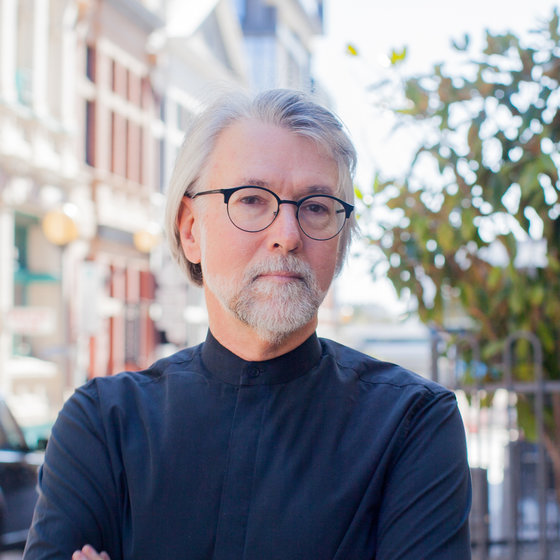Artist and urban planner Peter Ciemitis has been appointed to the City of Perth’s Covid-19 cultural advisory committee to help the city’s comeback from the pandemic over the next 12 months.

As a member of the Events, Culture and Arts Advisory Committee Mr Ciemitis will help implement a key component of Council’s 18 million Economic Rebound Strategy by looking for opportunities to increase events to support the central trading area.
Mr Ciemitis has been co-chair of the City of Perth Cultural Advisory Committee since 2019, and sits on the WA State Design Review Panel which provides design advice on major development proposals.
In his latest capacity on the Covid committee, he’ll advocate for a stronger focus on indigenous culture and activation initiatives to re-energise Perth.
He talks to Government News about the importance of culture and the arts in recovering from Covid.
GN: What role will the events, culture and arts advisory committee play in Perth’s rebound?
PC: The committee will be fundamentally focused on the cultural programming and events that will play a vital role in the activation of Perth’s CBD. We want to ensure that people can comfortably come back into the CBD and use as much of the city as possible for both cultural and commercial uses, as well as state tourism.
Why do we need to consider culture and the arts when designing a pandemic recovery plan?
Events, culture and the arts become a positive expression of confidence in the city and hold significant positive symbolism for the community as we enter the pandemic recovery phase. We are starting to see the health benefits as people begin to emerge from their homes and re-enter local neighbourhoods. An events program would be able to facilitate further positive engagement and deliver a powerful message of revival.
What is your personal for vision for recovery? What do you think the priorities should be?
As a contributing member of the panel, my role will be to assist with the program and vision for Perth’s cultural revival. I see the panel as an opportunity to reset cultural programming certainly in the immediate six to twelve months, but also further into the future through sustained change. It is an opportune time to build on the synergies between sustainable place activation, community resilience and cultural meaning, which will be carried out primarily through events across the CBD. These will help rebuild a sense of place and sense of community through indigenous narratives and cultural expression.
Is there anything that makes Perth unique in the way it was affected by COVID? What are the unique factors about the city that will influence its recovery?
Despite it being winter, Perth has a natural character and culture of outdoor experience, even in its most urban spaces. This provides an opportunity – potentially more than other cities – to explore events in the public realm. The breadth of the city has the benefit of intrinsic social distancing built into shared spaces, which provides a better chance of coordinating events in the current circumstances.
Which of the arts/culture sectors have been worst hit in the City?
All the arts sectors have been hit hard by the impact of the pandemic, but the ones hit hardest are performance and music, which has occurred on a national and international scale. While concerts have been cancelled and performance centres have had to close their doors, other arts sectors have been able to continue under different operational models. Commercial galleries, while suffering a decline in sales, have been fortunate in remaining running in some capacity, with many artists delving into the production work, but without ongoing income.
You’ve had significant experience on a range of arts and development advisory committees. How much of a challenge will it be to advise on pandemic recovery?
As I’m sure is the case with many on the committee, this is my first time being involved in a situation like this. The challenge is not only one of dealing with the immediate issue at hand but also visualising the interconnectedness of issues in terms of how these circumstances will play out in the future. There are cascading implications that will impact the operations of cities into the future, which is why the skillset of planners and artists are so valuable to the committee in being able to imagine and visualise this scope.
What do you see as the role of local government in the bounce-back from COVID?
There is now an opportunity for us all to rethink the recreation space. Up until now, local governments have placed recreation under the same umbrella, which meant not a great deal was invested into cultural infrastructure. However, it’s this cultural infrastructure that can help to re-energise communities. Perhaps this is an opportunity to review how the local government can partner with the State to build this sector, particularly growth in cultural infrastructure, while also continuing to build on the Percent for Art program.





Leave a Reply